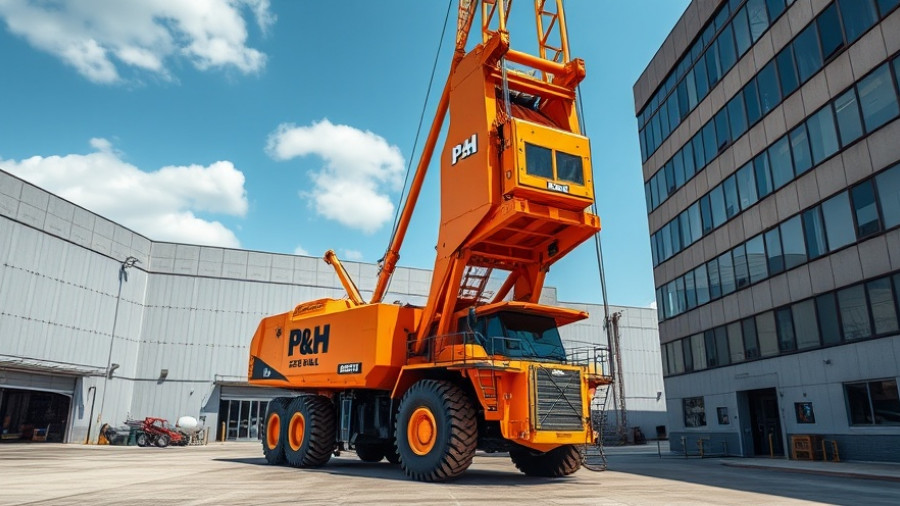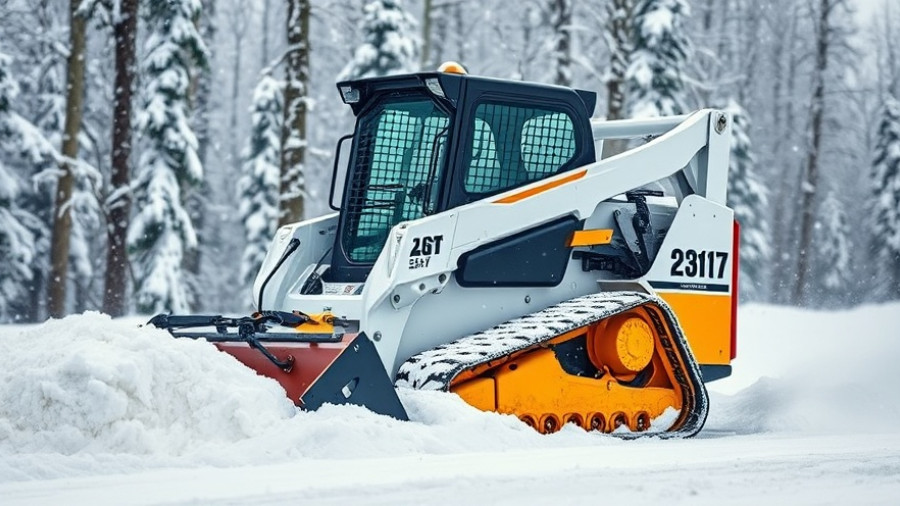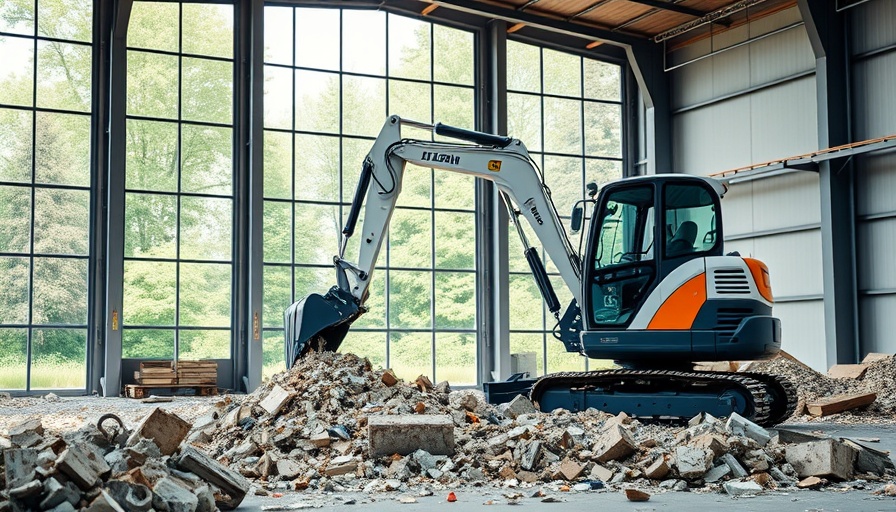
A Serious Wake-Up Call in Construction Safety
In an unsettling reminder of the potential dangers in the construction industry, a recent incident in Vernon, Connecticut, has led to the sentencing of a contractor and an excavator operator for felony second-degree manslaughter resulting from a tragic trench collapse. The incident, which left 56-year-old Dennis Slater dead, underscores the critical importance of adhering to safety regulations and procedures designed to protect workers from preventable hazards.
The Incident: What Went Wrong?
On July 22, 2022, Slater was working in an 8-foot-deep trench while guiding a 20-foot section of pipe into place when the walls collapsed unexpectedly, burying him alive. The lack of a trench box—a safety measure designed to prevent cave-ins—repeatedly cited in prior OSHA inspections of Botticello Inc., was instrumental in the disaster. This lack of compliance not only endangered Slater’s life but led to broader discussions about safety protocols for excavation work.
Both Dennis John Botticello, 70, owner of Botticello Inc., and operator Glen Locke, 68, were subjected to legal actions that culminated in a plea deal, reducing the severity of their charges from first-degree manslaughter to second-degree manslaughter, leading to a sentence of two years of probation without any prison time. This outcome has raised eyebrows within the industry regarding accountability and the ongoing issue of workplace safety.
The Role of Regulations and Enforcement
The Federal Occupational Safety and Health Administration (OSHA) cited Botticello Inc. for three significant violations: a lack of cave-in protection, no safe exit from the trench, and failure to inspect the trench prior to allowing workers to enter. Shockingly, the company had previous violations dating back to 2015, demonstrating a pattern of negligence that poses risks not just to workers, but also affects the reputation and operational longevity of construction firms.
Learning from Mistakes: Best Practices for Safety
This tragic event serves as a critical learning point for contractors and property developers alike. Construction companies must actively implement comprehensive safety training that emphasizes the importance of site inspections and compliance with safety regulations. Here are a few proactive steps firms can take:
- Regular Safety Audits: Conduct frequent inspections of equipment and safety protocols to ensure compliance with regulations.
- Training Programs: Invest in ongoing training for all employees on safe work practices and the proper use of safety equipment.
- Foster a Safety Culture: Encourage workers to voice safety concerns and promptly address them without fear of retribution.
Future Trends and Concerns in Construction Safety
Looking forward, the construction industry may see significant changes in how safety measures are enforced, particularly with advancements in technology. Implementing Building Information Modeling (BIM) can enhance planning and execution by visualizing potential hazards before ground is broken. Technology such as drones for site inspections and augmented reality for training simulations could further improve compliance with safety standards.
As the construction landscape evolves into a more technologically driven industry, it becomes essential for business leaders to embrace these tools not only for efficiency but as a means of safeguarding their workforce.
The sentencing of Botticello and Locke should resonate deeply throughout the construction community, as it reflects overarching themes of accountability, compliance, and the urgent need for a concerted effort to mitigate workplace hazards. Investing in safety is undoubtedly an investment in the future of any construction business.
If you’re a business owner or property developer, consider taking immediate action to bolster your safety programs and training. In doing so, you contribute to a safer working environment for everyone and protect your business’s integrity.
 Add Row
Add Row  Add
Add 




Write A Comment